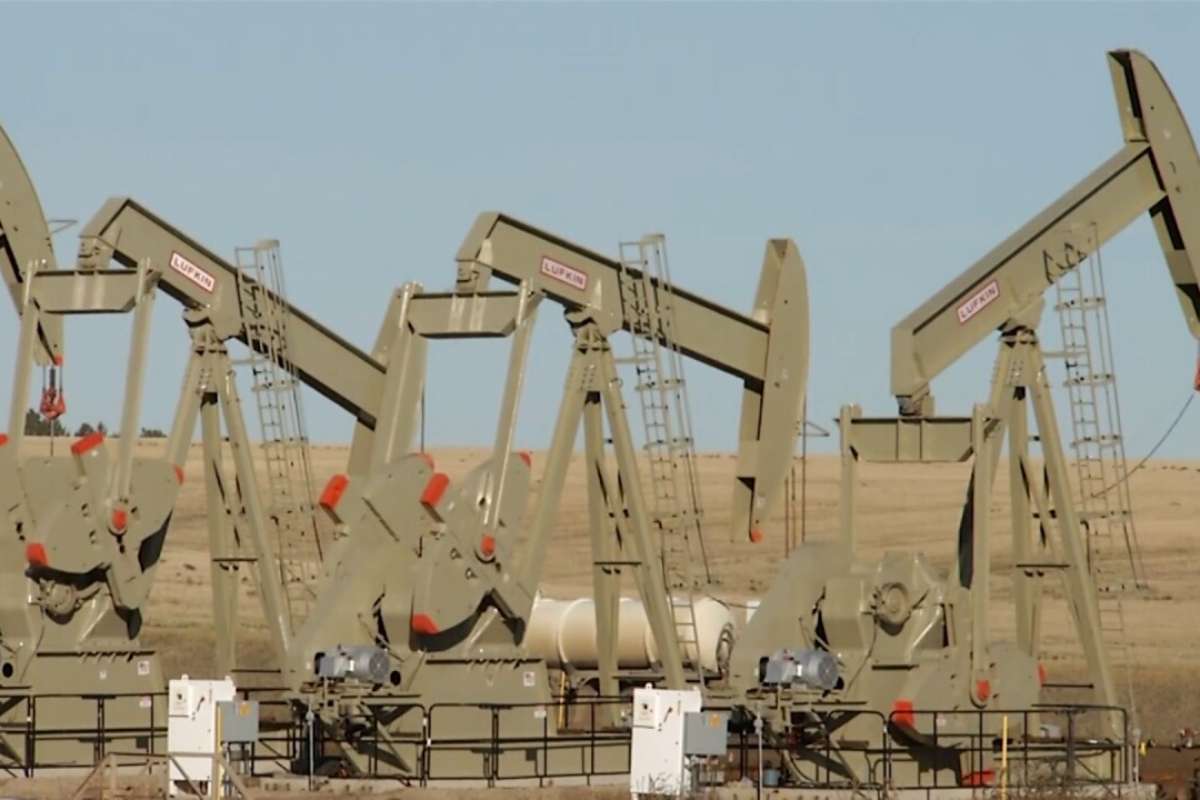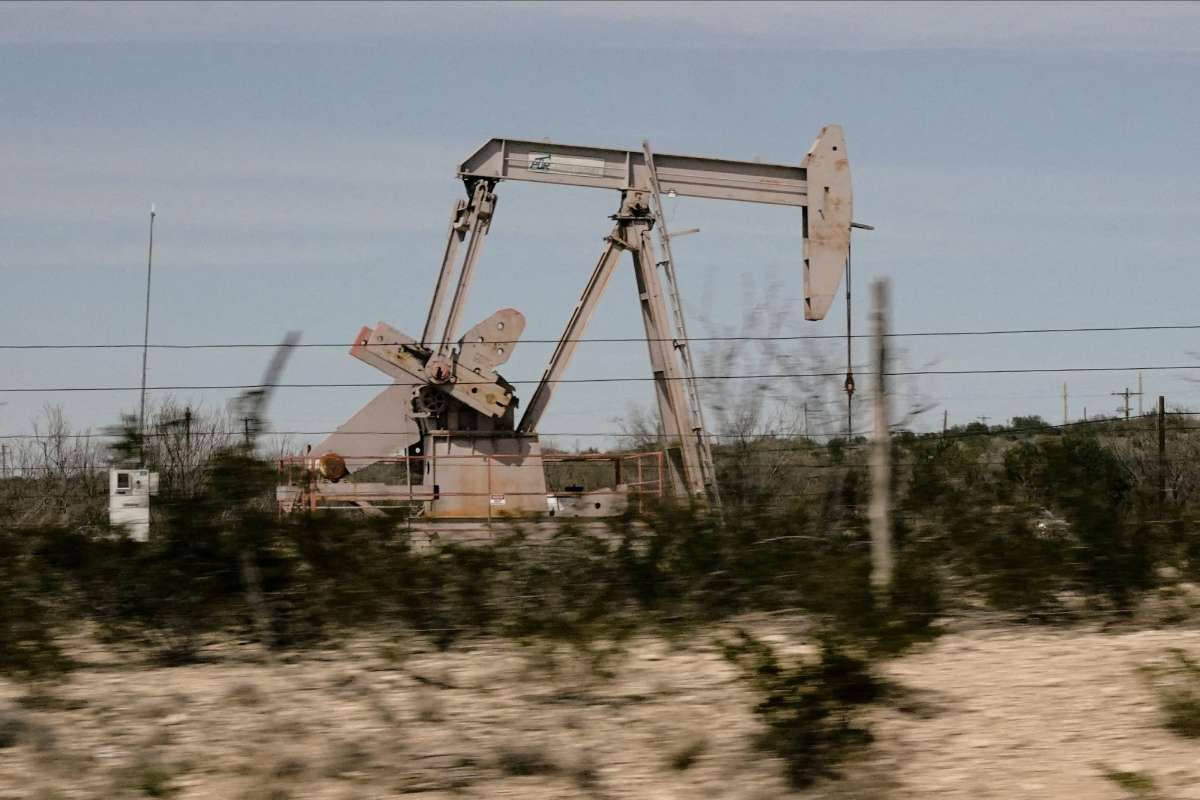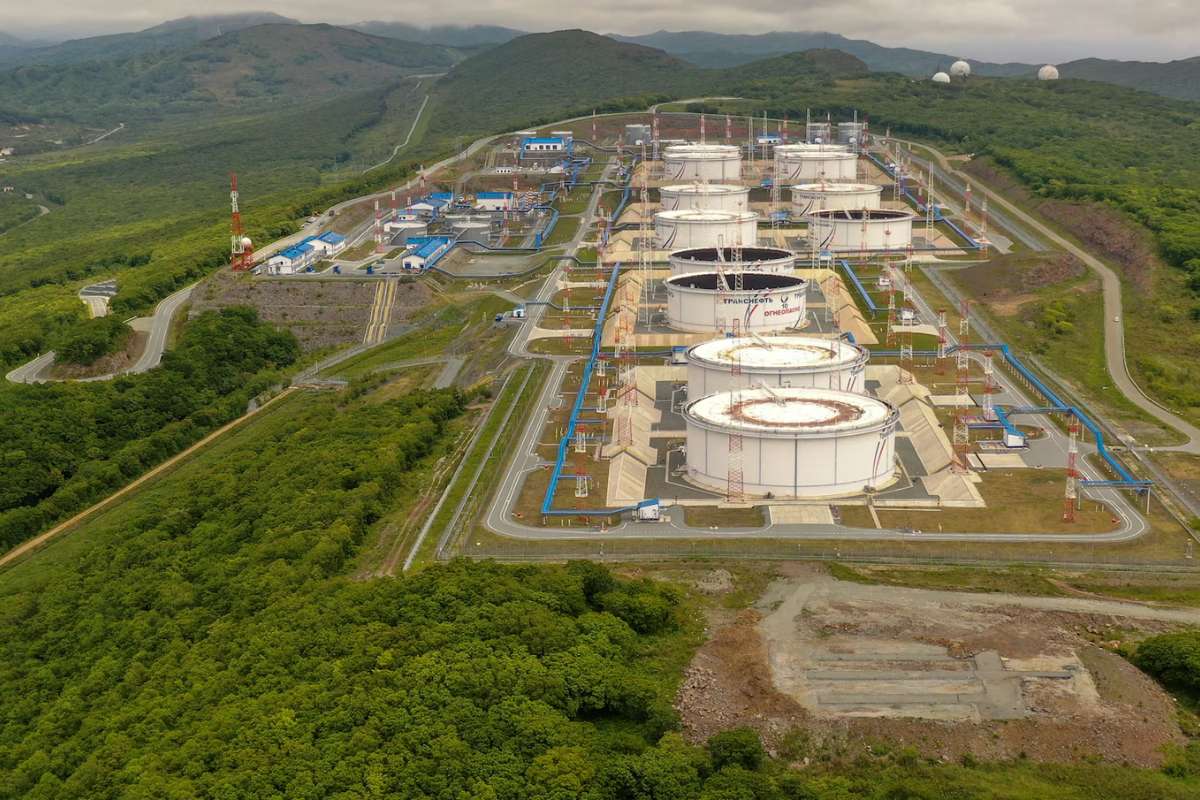Federal Shift in Environmental Policy Sparks Controversy
The U.S. Bureau of Land Management (BLM) has announced that it will no longer conduct environmental impact statements (EIS) for oil and gas leasing decisions across approximately 3.5 million acres of federal land, including areas in New Mexico. This change affects over 3,000 leases sold during 74 individual sales and follows an executive order from former President Donald Trump declaring a national energy emergency. The BLM’s notice, released in the Federal Register, formally rescinds a previous intention to assess the environmental consequences of these leases.
Other states impacted by the decision include Colorado, Montana, North Dakota, South Dakota, Utah, and Wyoming. Environmental groups like WildEarth Guardians had previously challenged the Bureau of Land Management leasing processes in court, prompting the agency to consider broader environmental reviews, including those addressing climate change and greenhouse gas emissions. However, following Trump’s executive order and a subsequent directive from Interior Secretary Doug Burgum, the administration has opted to prioritize increased fossil fuel production by circumventing regulatory hurdles.
BLM Justifies Speedier Approach to Energy Development
According to a press release issued Thursday, the Bureau of Land Management is now assessing alternative strategies to remain compliant with the National Environmental Policy Act (NEPA) while forgoing the traditionally lengthy EIS process. The agency emphasized its continued commitment to “responsibly developing energy on public lands,” despite the rollback in environmental oversight.
The decision to bypass environmental impact statements drastically shortens the timeline for lease approvals. Previously, Bureau of Land Management estimated that the full EIS process—starting with a public scoping period, followed by the release of a draft report, a 45-day public comment period, and final revisions—could take over a year. In some cases, it has taken multiple years due to the broad scope of analysis required. Environmental impact statements typically examine issues ranging from public health and air quality to the preservation of ecosystems and cultural heritage sites.
This development is particularly significant for New Mexico, which is home to part of the Permian Basin—the most productive oil field in the United States. Industry advocates argue that streamlining regulations will accelerate domestic energy output, while critics warn of the long-term environmental and social costs.
Market Downturn Adds Pressure to Energy Sector
Even as regulatory barriers are being lowered, the energy sector faces fresh economic headwinds. Oil and natural gas prices have dropped sharply this month, with West Texas Intermediate (WTI) crude oil opening below $60 per barrel on Thursday. This marks a significant decline from earlier in April when prices were above $70 per barrel, and far below the $85 mark seen a year ago.
Natural gas prices have followed a similar downward trend. The current price slump could place additional strain on oil and gas producers in New Mexico. According to responses from executives in the Dallas Fed Energy Survey for Q1 2025, companies need WTI to trade at a minimum of $65 per barrel to justify drilling new wells. To simply break even on existing operations, WTI must remain above $41 per barrel.
As environmental scrutiny wanes and economic pressures mount, New Mexico’s energy sector—and its regulators—are entering a new phase of uncertainty.
Did you find this News helpful? Visit more of our News! Oil Gas Energy Magazine












